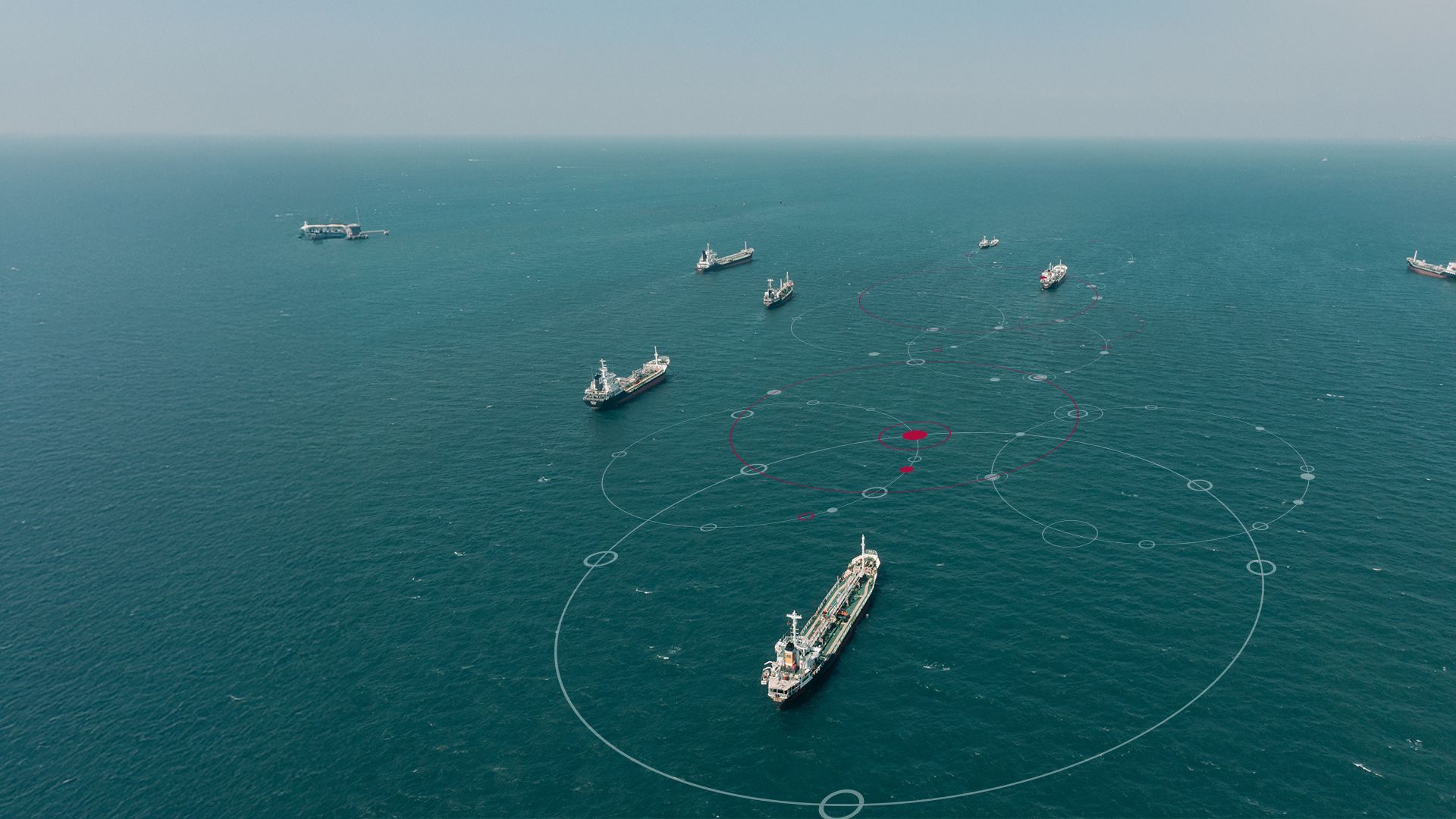Macro Quant : Linking macro regimes and financial flows to commodity markets
Our latest Macro Quant enhancements have gained a lot of interest given current market volatility. Traders are seeing the benefits of quickly identifying shifts in growth, inflation, and defensive factors to contextualise commodity price movements, enabling them to act on live insights.
Watch Dr Nicky Ferguson, Head of Analytics at Energy Aspects, provide a 5-minute demo of our Macro Quant service
The demo covers:
- An overview of the real-time Quant Analytics dashboard, illustrating how advanced quantitative models capture and classify trading flows.
- A deep dive into the Paper Balance functionality, demonstrating how daily updates reveal speculative positioning and market signals.
- A walkthrough of Quant Live for intra-day commentary and instant market alerts, highlighting its role in timely decision-making.
- Exploration of the Quant Weekly research publication, showcasing how forward-looking insights are generated and delivered.
- A review of the API and data integration capabilities, showing how traders can access historical and real-time data in multiple formats.
- Insights into how customisable charting and the Data Explorer tool enable tailored analysis of market trends.
Related insights

The OilX Trader Tool translates high-frequency fundamental data into actionable trading signals, helping you anticipate market movements before prices react. By integrating OilX's physical market data with EA Quant Analytics' financial flow positioning metrics, the tool predicts how speculative traders will respond to changing fundamentals over a 1-3 week horizon. View the trader tool in action below:

Recently released for Energy Aspects subscribers, our analysis reveals a challenging outlook for oil field services companies. Q1 2025 earnings for Baker Hughes, Halliburton, and SLB dropped by a third quarter-on-quarter, to a combined $1.7 billion, the first such decline since Q1 2024. What you'll discover in this analysis: Major OFS companies' earnings trends and industry health outlook for 2025. Contrasting performance between tight oil activity and deepwater operations. Tariff implications for OFS supply chains and equipment manufacturing. Regional market performance across North America, Mexico, and Saudi Arabia. Strategic responses to shareholder expectations during market turbulence.

Our latest analysis, first released for subscribers, reveals how EU and IMO emissions regulations will significantly impact LNG bunkering costs and potentially alter global LNG flows. The IMO's surprisingly ambitious Global Fuel Standard could impose penalties of up to $10 million annually on LNG-powered vessels by 2030, whilst the EU's expanding Emissions Trading Scheme will add approximately $0.07/MMBtu to US-Europe shipping costs by 2026. What you'll discover in this analysis: How emissions charges could increase US-Europe LNG shipping costs by $0.40/MMBtu by 2035. Why the EU Methane Regulation will complicate new deals between European importers and US exporters. The potential impact on vessel selection and route economics. How these regulations may influence the Trump administrations trade negotiations.



